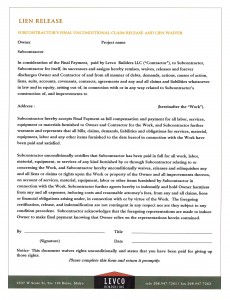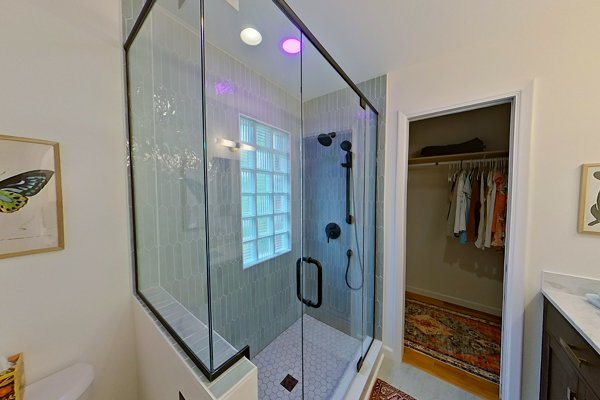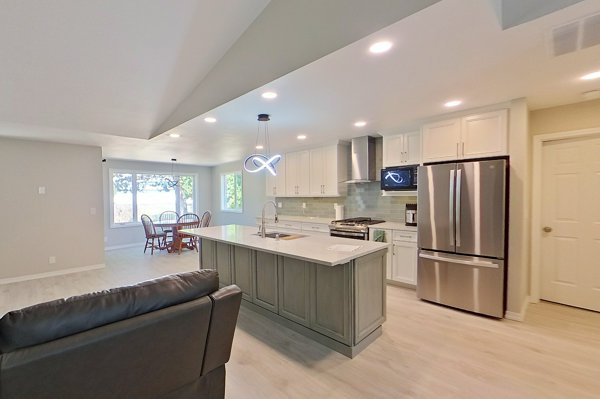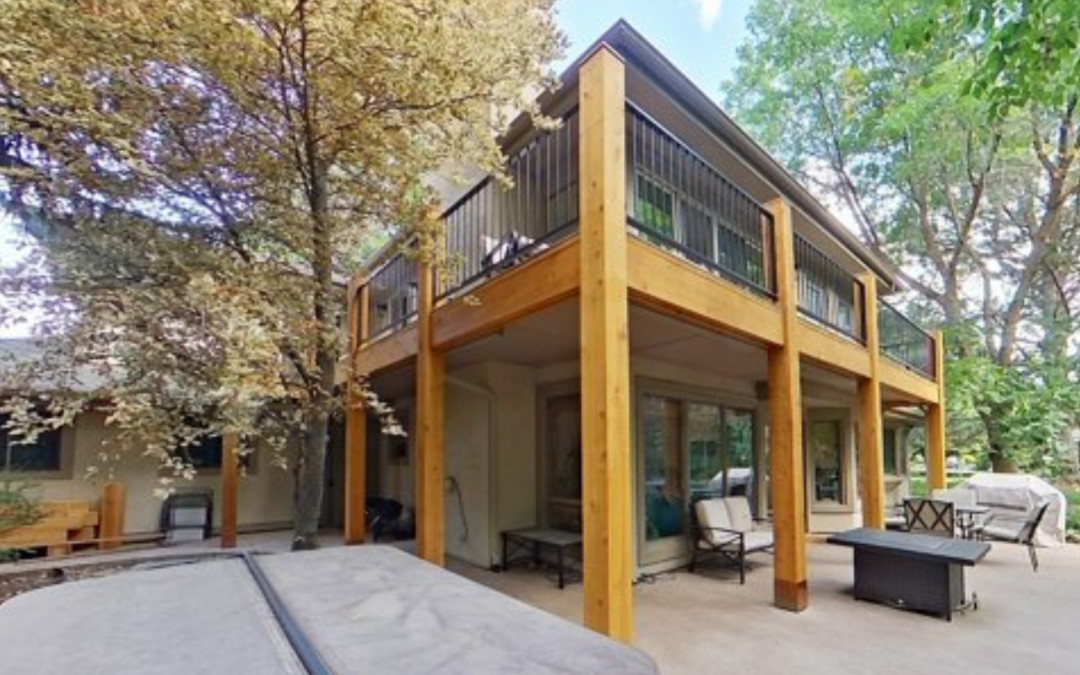A lien is a legal document that can be place upon your home if a contractor, material supplier, or subcontractor is not paid. Often called a mechanics lien, they can be anything from a threat, to a huge distraction and a serious infraction. As a contractor myself, I could place a lien on a property for non payment.
Thomas Jefferson first conceived of the idea to encourage construction in Washington. It is a way of guaranteeing payment to contractors and material suppliers who improve properties for a fee. In the event of non payment a lien could be placed upon the collateral property. If executed the property could be forced to be sold to satisfy the lien.
Lien releases are a tool General Contractors can use to ensure that the subcontractors and material suppliers have been paid to prevent a lien being placed in the first place. In the commercial world they are common. In the Idaho residential world this practice is rare. By signing one, the subcontractor releases the contractor from filing a lien against the home they worked on.
The mere mention of them and your contractor will start to squirm, change the subject, and beat around the bush. Truth be told it is a pretty powerful form.
Of course the legal profession has a specialist in the field, and this article in no way is an exhaustive exploration or explanation of all the ways that liens work. Our form has been approved by our construction law attorney and is specific for our type of work in our neck of the woods.
I’ll Take That
By law, anyone doing work over $2000 on a home in Idaho is obligated to supply a lien release. It is clearly outlined in the Idaho Homeowners Disclosure Form. Another opportunity to make your contractor develop a blank look and then squirm.
Turns out when you work for attorney clients, you get the benefit of having them shred your agreements (in a good way). I used this free constructive criticism to improve our forms and systems dramatically.
In the last few years, Levco has taken lien releases to a higher level, We have our subcontractors provide lien releases on final payment and has developed a form that can be given directly to the homeowner. Rather than supply them at a reasonable fee, Levco provides them at no cost for all contractors providing over $500 on each job as part of the warranty package after all payments have been made.
There are still potential problems with the system. Just because I pay a bill in full does not necessarily mean that the subcontractor has paid his bills. This happened once when I paid a concrete subcontractor for the foundation work. Turns out he had re-subcontracted without my written permission to someone else (a prohibited practice now), and was in a dispute with the guy. The pumper truck and the concrete supplier threatened to lien the property. It was all resolved and we have never had a lien placed on a property but the threat was a huge distraction and is always there.
There is also the possibility that you as a owner could have to pay for the job twice. This occurred to a friend of mine who prepaid for a four-plex and the contractor went broke shortly after completion. He had not paid a bill. When it closed escrow, the owner found all the liens and had to fight them. She had insurance but essentially had to pay twice.
The mere fact that we have a form sets us apart from 70% of the other contractors in the area. The fact that we understand the law and use the form sets apart from another 25%. So if having your remodeling project lien free is something that interests you, please call Levco for an in home evaluation of your remodeling project.










0 Comments